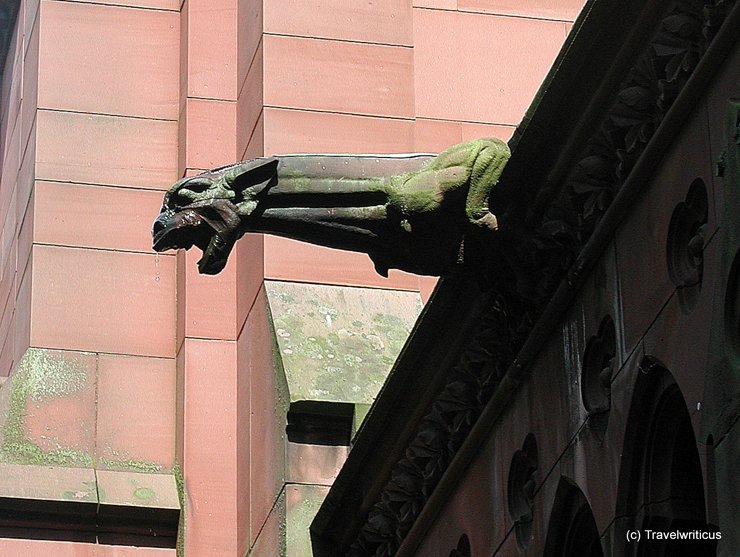
The Sepulchral Chapel (Großherzogliche Grabkapelle Karlsruhe) was commissioned by Grand Duke Friedrich I of Baden and his wife, Luise of Prussia. Five of seven Grand Dukes of Baden found their last rest in this chapel.
Browse through your travel destination!

The Sepulchral Chapel (Großherzogliche Grabkapelle Karlsruhe) was commissioned by Grand Duke Friedrich I of Baden and his wife, Luise of Prussia. Five of seven Grand Dukes of Baden found their last rest in this chapel.
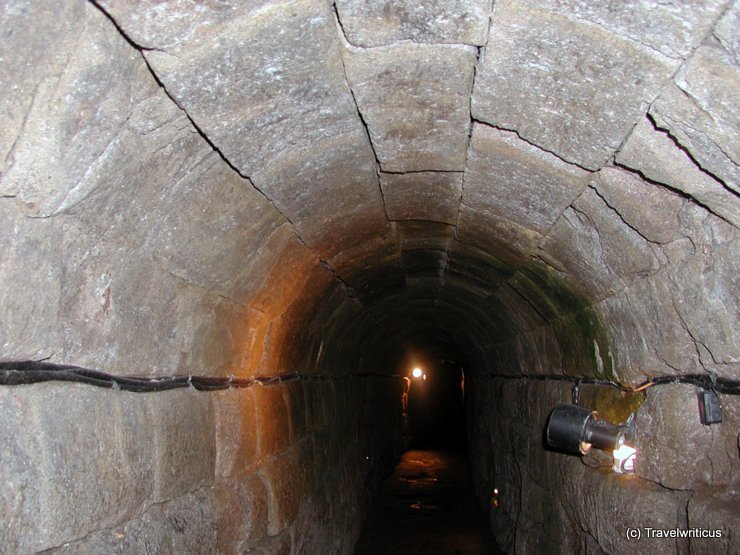
Below the Spanische Bau in Cologne, fans of Roman architecture find the remains of the ancient Roman Praetorium. Right next to these ruins, visitors have the chance to walk through a former Roman sewer below the streets of the modern city.
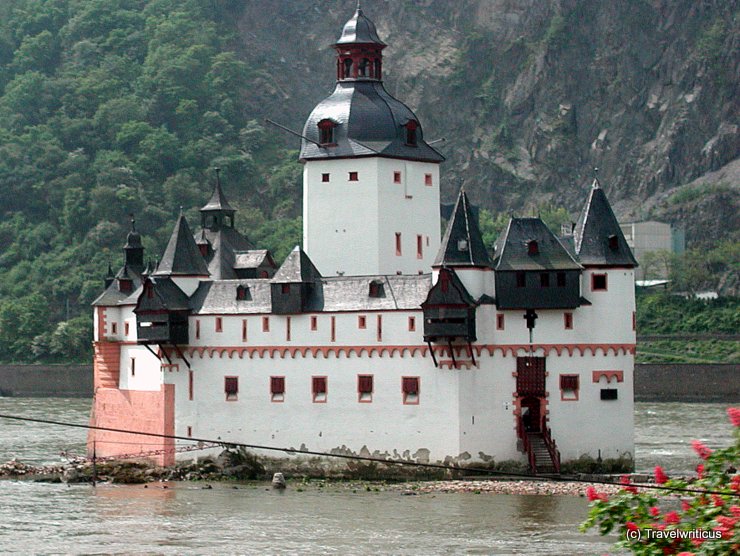
On a train journey along the Rhine Valley from Mainz to Koblenz, you experience this view of Pfalzgrafenstein Castle (Burg Pfalzgrafenstein). The building on a tiny island served as a toll station until 1866.
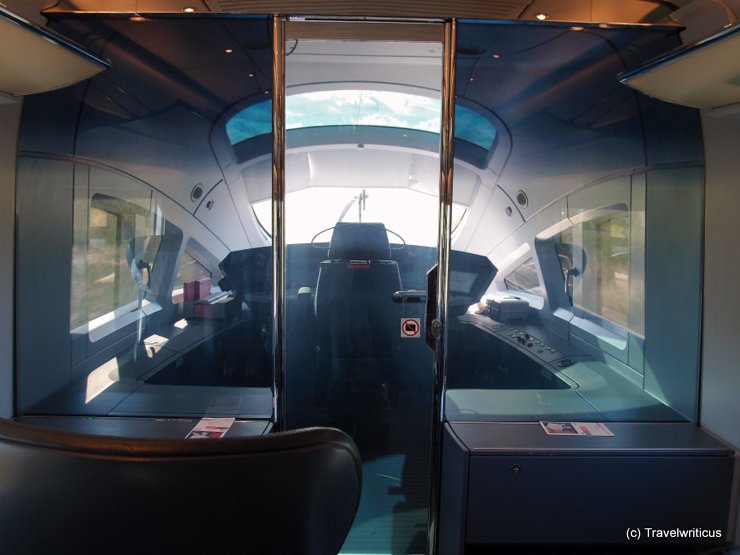
This photo shows a view into the driver’s cabin of a German ICE T. In this kind of train, you had the chance to sit behind the driver – only separated by a glass door – and to watch the landscape in front of the train for many years.
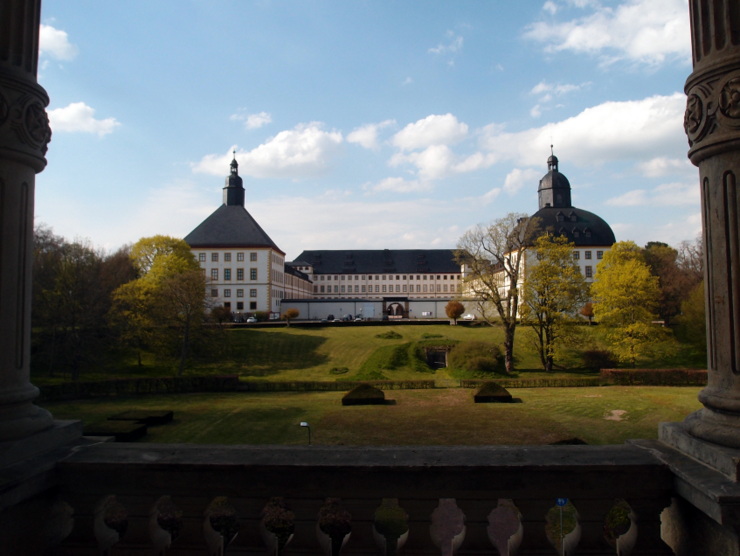
Friedenstein Castle (Schloss Friedenstein) was commissioned in the mid-17th century by Ernest I, Duke of Saxe-Gotha. It is notable for hosting the Ekhof-Theater, which still features the original Baroque machinery for changing the scenery.
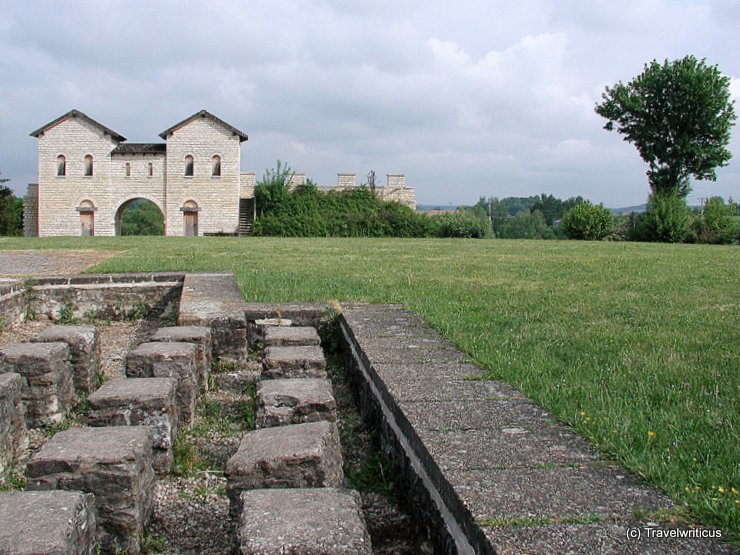
The Roman fort Biriciana, nowadays known as Kastell Weissenburg, was occupied by cavalry units during ancient times. The photo shows the reconstructed north gate (Porta decumana) of the fort area. In Roman times, this gate led to the Limes.
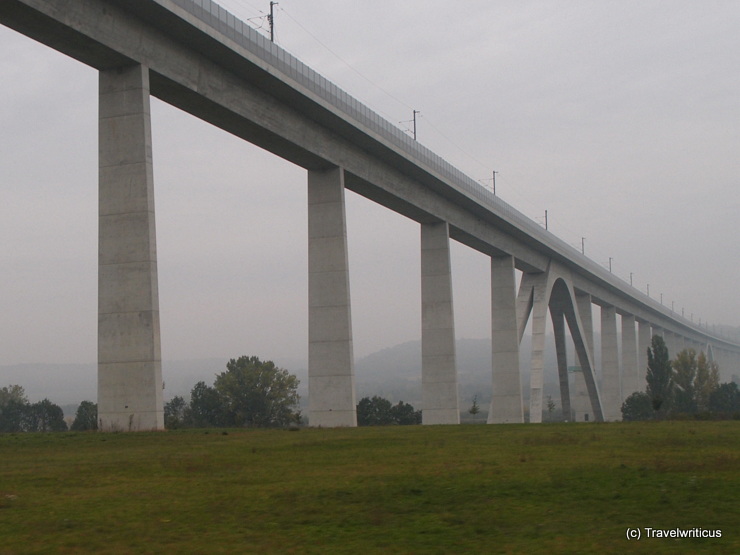
While travelling from Naumburg (Saale) to the visitor centre of the Nebra Sky Disk by bus, I got this view of the newly built Unstrut Viaduct. With a length of 2,688 m, it crosses the spacious Unstrut Valley.
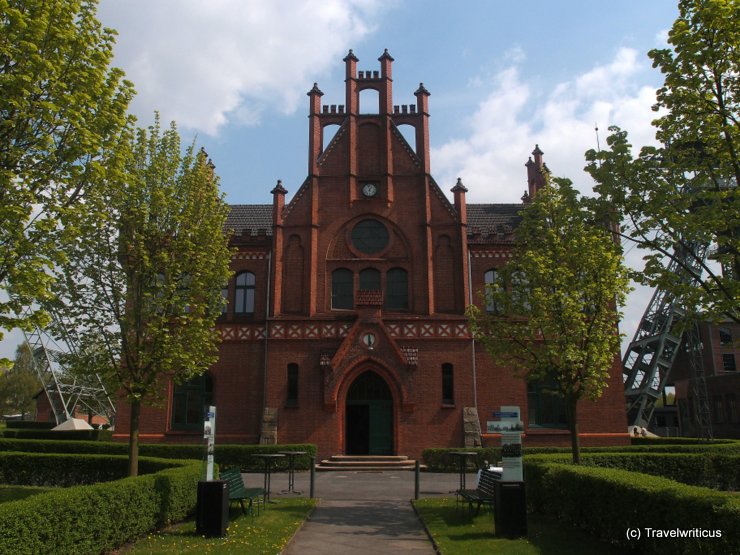
This building, generally known as Alte Verwaltung, was a work by architect Paul Knobbe. It served as the director’s office and administration building of the Zeche Zollern. Today, the building serves as a venue for events and weddings.
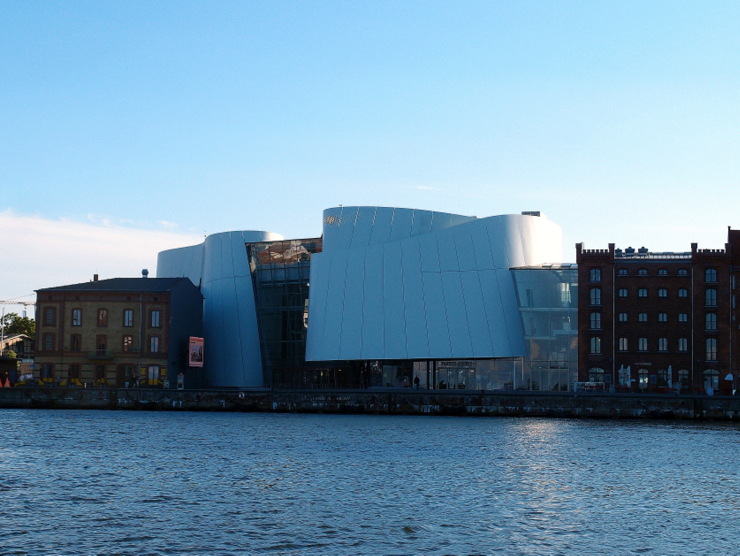
The Ozeanum is a public aquarium located in the historical harbour of Stralsund. It is part of the German Oceanographic Museum (Deutsches Meeresmuseum) and displays primarily sea life of the North Sea and the Baltic Sea.

The Tempelherrenhaus was never a residence of the mysterious templar knights. Instead, the 18th-century building served as venue for celebrations on the Ducal court. Later it housed a well-visited café in the lovely atmosphere of the Ilm park.

Petersberg Citadel (Zitadelle Petersberg) is a well-preserved city fortress in the centre of Erfurt. The buildings in the Baroque style were hardly destroyed in wars and escaped demolition during city modernization in the 19th century.